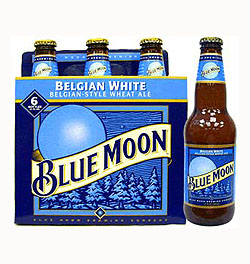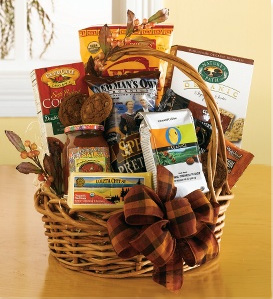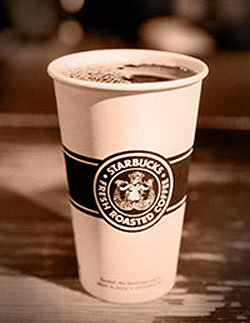
THE 2008 champion Best Large Brewery In The World. Blue Moon, based in Golden, Colorado, is owned by Coors. |
|
Beers in 91 style categories took honors yesterday at the 2008 World Beer Cup championships, held in San Diego. Every two years, a highly-qualified panel of beer professionals selects winners in what has been called “the Olympics of beer competitions,” because it awards a gold, silver and bronze in each category. A World Beer Cup gold medal allows a brewery to say that its winning beer represents the best example of that beer style in the world. Craft beer has grown enormously over the past decade. In 1996, at the first World Beer Cup, held in Vail, Colorado, 250 breweries in 20 countries entered 600 beers. This year, 644 breweries from 58 countries and 45 U.S. states vied for awards, with 2,864 beers entered. While brewers from all major continents earned awards, the U.S. won 185 of the 268 style category awards and four of the five Champion Brewery/Brewer awards. |
Judges from 21 countries worked in teams to conduct blind tasting evaluations of the beers. Of the 129 judges, professional brewers and brewing industry experts, 64% came from outside the U.S. Where is America’s award-winning craft beer coming from? California (35 medals), Colorado (22), Oregon (16), Illinois (9), New York (8) and Washington (8). Entries were received from 45 of the 50 U.S. states and Puerto Rico—everwhere except Alabama, New Hampshire, South Dakota, North Dakota and West Virginia.
Here are some of the top beers to look out for: The Lost Abbey beers, made by Port Brewing Company in San Marcos, California, is the 2008 Champion Brewery in the Small Brewing Category. The MidSize Brewing Company Champion is Privatbrauerei Hoepfner GmbH of Germany, maker of Hopefner Pilsner. And the Large Brewing Company champion is Blue Moon Brewing Company of Golden, Colorado, which is actually owned by Coors. A detailed analysis of the entries and awards can be found at WorldBeerCup.org. |
|




